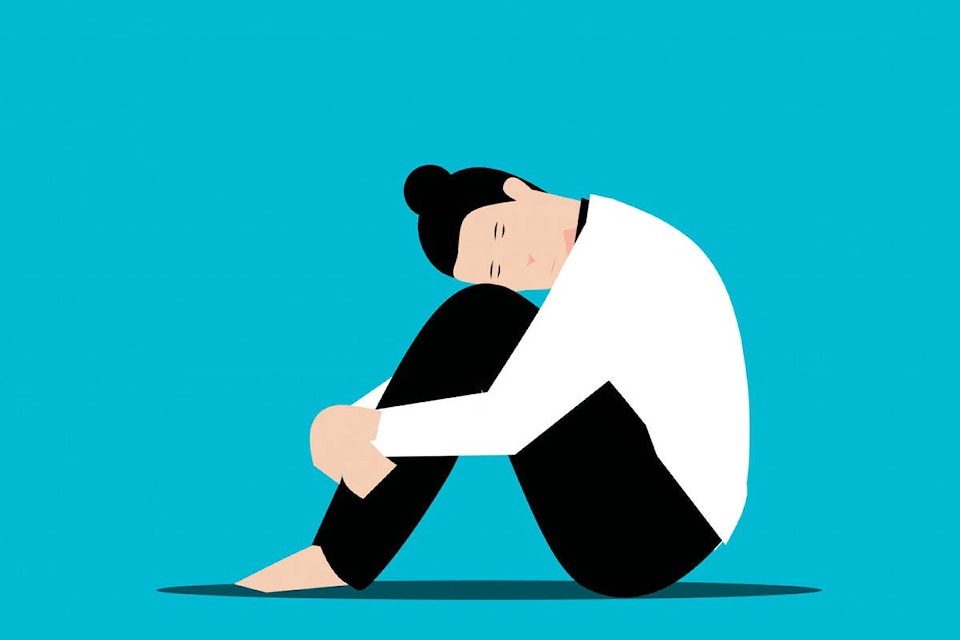Back in November 2011, I developed a bad case of hives. I was 47 at the time, and had never been allergic to anything, but the hives were so debilitating that I ended up in the emergency department, where I got a shot of something that calmed things down, and some pills to take for a few days.
The relief was short-lived. I saw a doctor here in Ashcroft, who asked if I had eaten something out of the ordinary, or changed anything recently: bath soap, shampoo, laundry detergent, etc. The answer to all those questions was “No.” The hives eased a bit over the following days, then came back with a vengeance. I once more went to the doctor, who suggested I might try seeing an allergist, but added that because they only tested for a limited number of things, pinpointing the cause was by no means assured.
In frustration, I turned to Dr. Internet. By this time the hives had been going on for two or three months, enough time for me to realize that they flared up in the days leading up to my period, then subsided afterward. I had suggested a connection to my doctor, who just shook their head and said they didn’t have any reason to think the two things were related, as they’d never heard of such a thing before.
I typed a few keywords into Google, and it did not take long to find that a lot of women were describing exactly what I was going through: they had never had allergies, then out of the blue developed massive cases of hives that got worse as it got to that time of the month. A key commonality was that all the women were like me, in the period known as perimenopause, which is the eight or 10 years leading up to actual menopause.
On my next visit to the doctor, I mentioned this, and the result was a shrug, and the not-very-helpful answer “That could mean something, but I don’t know what.”
Many of the women reported good results from a natural medication, which I immediately acquired, and hey presto: the hives cleared up, never to return. It had only taken me six months to figure it out, with no help from the medical establishment.
A little more digging revealed that this sort of reaction to women’s health issues is far from uncommon. Women make up slightly more than half the world’s population, but the medical world seems 50 or so years behind when it comes to researching and addressing a lot of issues that are specific to them. Take endometriosis, which affects one in 10 women of reproductive age and can cause prolonged and excruciating pain. It’s one of the most common gynaecological conditions out there, yet a study in the UK in 2017 showed that it took women an average of 7.5 years to get an accurate diagnosis. Why? Because women complaining of excessive pain surrounding menstruation are commonly told by GPs that their symptoms are “normal”, or that the pain is “all in their heads”.
Women having heart attacks often present differently to men, but because they do not exhibit what are still considered “classic” (translation: male) symptoms, many are misdiagnosed. Women have historically been excluded from medical trials, resulting in drugs that have been tested on men and are safe for them, but are unsafe for women when given in the same standard dosage. Women do better on verbal memory tests commonly used to diagnose Alzheimer’s disease, compared to men with the same amount of neurotoxic protein in their brains. Because women are better at the tests, however, they might not detect the early stages of Alzheimer’s disease in women, and the severity of their disease may be missed.
It’s time the medical profession woke up and started to take more interest in the health needs of half the population. In my case it was hives: debilitating, but not deadly. For far too many women, it can end up being a matter of life and death.
editorial@accjournal.ca
Like us on Facebook and follow us on Twitter
